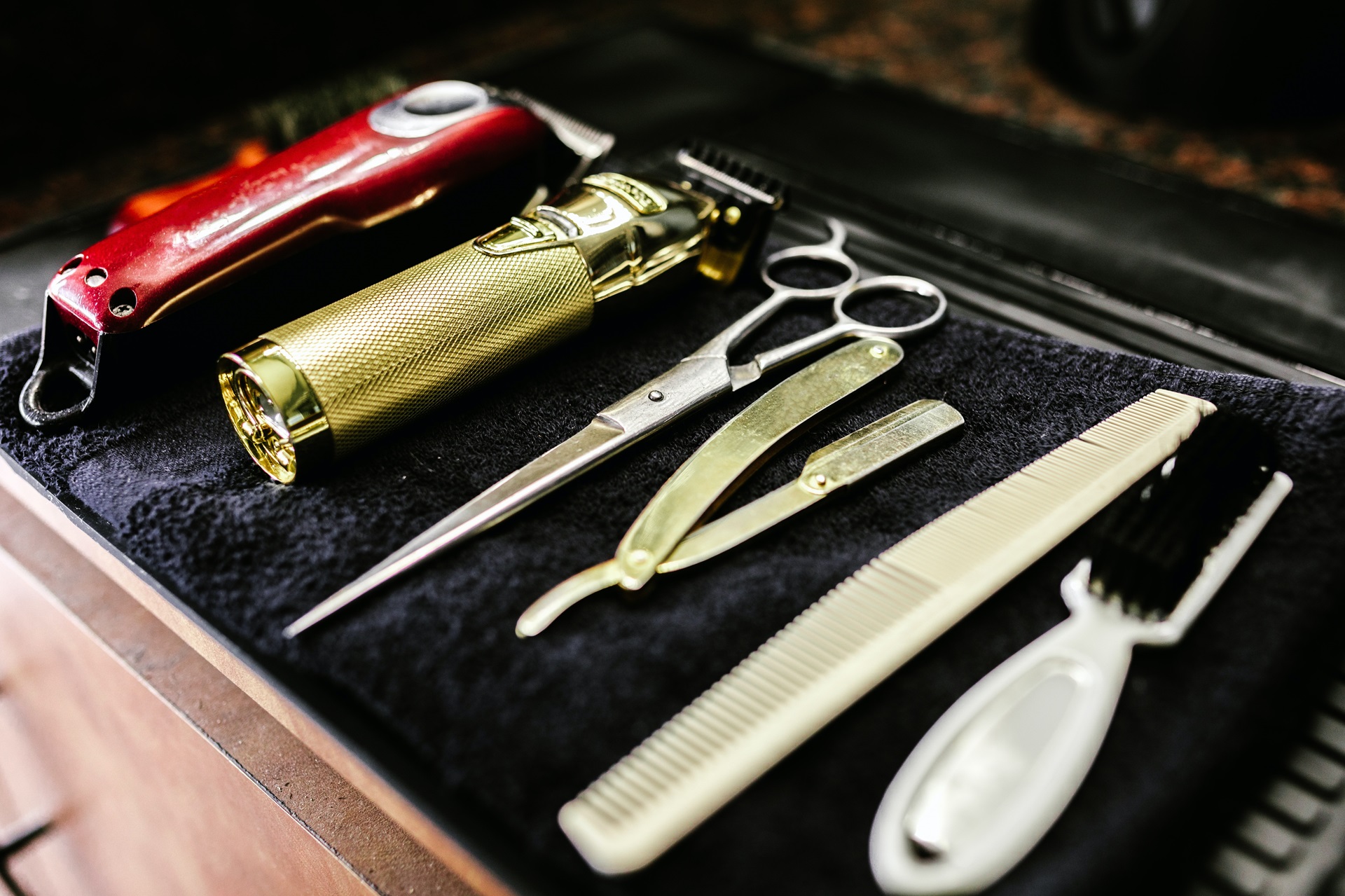Long Term Care Tips for Painted or Wrapped Clippers

Care starts with small choices that protect color work over months. Gentle habits stop scuffs from growing into large flaws. Clean tools keep coatings bright while also guarding moving parts. Simple routines reduce chips caused by slips or rough storage. Thoughtful handling limits marks during busy days or late nights. Every step below focuses on quick actions that add years of service. Use soft materials rather than harsh scrubbers for regular upkeep. Keep liquids away from seams to avoid creeping moisture. Store thoughtfully after each session to maintain neat edges. Replace worn accessories early to prevent scratches during regular use.
Surface Cleaning
- Wipe after each session using a slightly damp microfiber cloth without pressure.
- Lift dust with soft strokes that follow body lines to avoid fine swirls.
- Treat Klippa Feuerzeug sticky spots using a mild soap solution applied sparingly with gentle dabs.
- Rinse cloth with clean water then wring well before another careful pass.
- Dry fully using fresh towel, patting rather than rubbing to prevent haze.
- Remove hair buildup around vents using soft brush with slow careful motions.
- Skip abrasive pads since rough fibers etch coatings and dull rich color.
- Test any cleaner on a hidden patch to confirm no fade occurs.
Coating Protection
- Apply quality sealant designed for films or paint to boost stain resistance.
- Spread thin layers with foam applicator using straight lines for even coverage.
- Allow proper curing time stated by the maker before regular daily handling resumes.
- Refresh protection every few weeks based on use level and local humidity.
- Keep strong solvents far away since aggressive mixtures can lift delicate edges.
- Use silicone free products to avoid hazy buildup that attracts stubborn grit.
- Replace peeling wraps early because lifted corners catch debris and scratch.
- Shield surfaces during transport with a soft pouch that avoids tight pressure.
Storage Basics
- Park tools on a padded shelf so hard contact points never touch coated areas.
- Keep case interiors clean since trapped grains behave like tiny cutting stones.
- Stand units upright to reduce sliding marks across panels during movement.
- Maintain dry space with gentle airflow to discourage moisture under coatings.
- Separate power cords using loops so plugs do not rub against colored sections.
- Add silica packets inside the container to fight hidden damp during long breaks.
- Avoid stacked piles because weight creates pressure dents on curved edges.
- Label storage zones clearly so quick grabs never cause careless scrapes.
Daily Handling
- Hold by non coated grips whenever possible to limit skin oils touching finish.
- Place on a soft mat between tasks so tables never mark smooth panels.
- Guide attachments slowly during changes to prevent accidental bumps near trim.
- Use fitted guards while traveling since protective shells reduce sudden impacts.
- Plan cable routes before starting so snagging pulls do not cause chips.
- Wear clean gloves for long sessions to reduce residue transfer onto surfaces.
- Keep the work area tidy since clutter increases chances of accidental contact.
- Pause when tired because rushed motions often create avoidable scratches.
Quick Answers
- How often should I clean surfaces for best results? Use light wipes after sessions.
- What cloth works safely with coatings ?Choose soft microfiber with tight weave only.
- Which cleaner is acceptable for tough residue? Use mild soap diluted with water.
- How can I prevent edge lifting on wraps? Avoid heat blasts near seams entirely.
- What storage method reduces marks most ?Use padded shelves with upright placement.
- When should protection be renewed? Reapply sealant every few weeks depending on use.
Care Wrap Up
A steady routine keeps coatings bright while also supporting smooth operation. Gentle wipes remove residue before it hardens into stubborn grime. Protective Klipper Feuerzeug layers block stains and reduce friction during regular use. Calm storage practices stop pressure marks while also discouraging moisture. Thoughtful handling limits slips that could chip corners or scratch panels. Clean tools signal skill to clients while also saving future repair costs. Replace failing parts early to protect finishes during maintenance. With simple steps followed daily, your coated tool keeps fine color, neat edges, steady shine, and reliable service across many months.

